Highlights
- Kabaneri of the Iron Fortress was WIT Studio’s attempt to break away from Attack on Titan’s shadow, but ended up feeling like a familiar copy.
- Despite its similarities to Titan, Kabaneri’s unique aesthetic and raw, adrenaline-fueled storytelling make it captivating in its own right.
- While Kabaneri stumbled in its latter half with a lackluster villain and inconsistent world-building, its raw action and compelling protagonist still shine.
|
Title |
Kabaneri of the Iron Fortress |
|
Director |
Tetsuro Araki |
|
Studio |
WIT Studio |
|
Premiere Date |
4/8/2016 |
Now that Attack on Titan is over, it’s fun to think back on the years spent waiting for so much as a season, a time in which WIT Studio was eager to forge an identity other than “the Attack on Titan studio.” Yet, despite the effort, they ended up assembling the same team to make Kabaneri of the Iron Fortress, a show that is staggeringly similar to Titan in narrative and tone.
Just one year ago, we wrote about Seraph of the End, another curio from WIT studio’s experimental era, but whereas that show was an unfinished adaptation, Kabaneri was an original IP. Given its similarities to Titan, it might come across as the anime equivalent of a Unity asset flip, but such derisive comparison ignores the craft that went into something undeniably captivating.
The Heart of Attack on Titan in a New Shell
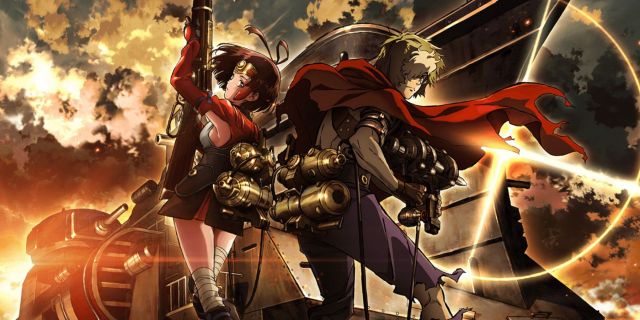
Kabaneri is set in Hinomoto, an alt-historical Japan in the thick of an industrial revolution, where hordes of undead known as the “Kabane” roam the land. These monsters will not yield unless their glowing hearts – encased in iron – are pierced, or unless their heads are severed, neither of which is easy to achieve with conventional weaponry. Humanity guards itself within fortresses connected by railways, traversed by fortified locomotives.
A young inventor named Ikoma is intent on creating a weapon to slay the Kabane, whether his peers pay mind to his ramblings or not. When his home is attacked, his invention proves successful, but he’s bitten in the process and has to nearly strangle himself to stop the virus from reaching his brain. When the virus’ spread halts, he’s not a Kabane, nor is he quite human. He becomes a Kabaneri, a superhuman between life and death.
While most people think of the Kabane as the result of a curse, Ikoma knows better. It’s a virus, and one he’s beaten, but that won’t stop others’ paranoia. Alongside Mumei, a Kabaneri just like him, but with more experience, Ikoma will have to prove that he is an ally as the survivors of his home make their way across the country aboard the Kotetsujo (Iron Fortress).
Kabaneri Copies, But Only From The Best
The similarities to Attack on Titan are numerous. Walled cities, a protagonist with a vendetta resulting from the loss of a loved one, distrust of the protagonist among the populace on account of his superhuman qualities, and so on. And those are just narrative similarities, discounting production qualities like Tetsurou Araki’s directing style or Hiroyuki Sawano’s legendary and inspirational score.
Name a prominent animator from Season 1 of Titan, and they’re likely here. It’s as if the creative team – much like the audience of the time – was so eager for more that they labored to replicate the same heart and soul for an original work, not bound by any unfinished source material. There’s a reason Attack on Titan worked, and that same heart beats loudly and proudly here.
It’s about pure adrenaline. The visceral horror of monsters gives way to humanity’s sheer willpower, as fear is replaced with a rage so primal yet so inspiring in how it unifies the characters. Kabaneri gets this down to a science but instills so much of its own identity through an aesthetic as metal as the iron in its title. Not to mention, Haruhiko Mikimoto’s gorgeous character designs lend the work a retro feel. It is a painting in motion, the likes of which are rarely seen in anime.
Where Kabaneri Fell Short of Its Predecessor
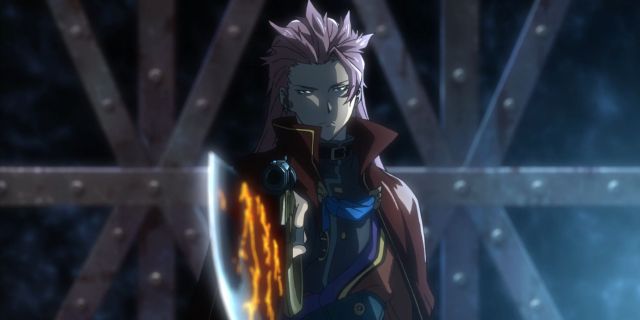
This is a story about survival, adversity, and the responsibility of those with power. That third aspect is much the focus of the season’s latter half, where the majority of viewers agree the series took a significant dip in quality. A lot of factors contribute to this, but the simplest explanation is that the villain brought down the story considerably. Between a clichéd philosophy about the strong towering over the weak and poor writing that talked in circles, he got on people’s nerves.
Additionally, as the show went on, it felt as though the world was both expanding and contracting at the same time. Established rules which previously gave the story a sense of forward progression and identity, were inconsistent, at times contradicted, or simply made to feel redundant. By the time the season concluded, Kabaneri had lost the momentum it earned at the start and was written off by many as a failed attempt to capture Titan‘s success.
Why the Show Still Rules (Mostly)
This show deserved better, that much is clear. However, the things the show gets right, even up to its last moments, are the reason why fans believed it deserved a second chance rather than to be forgotten. Kabaneri‘s villain might have been lame, but Ikoma had one of the rawest and most satisfying transformations in years, complete with an 80s shōnen protagonist haircut. The story might have strayed from its initial appeal, but the action carrying the story rarely, if ever, faltered.
The cast wasn’t always that interesting, but the train on which they rode felt like a character in itself and the effort to keep it running was the only fuel the story really needed. Each destination on that journey had the potential to make the world feel alive. Every new piece of technology conceived to fight the Kabane added new layers to the action. This train could go anywhere if it was given the tracks to do so and, sadly, it never was.
The Day Kabaneri Reached the End of the Line
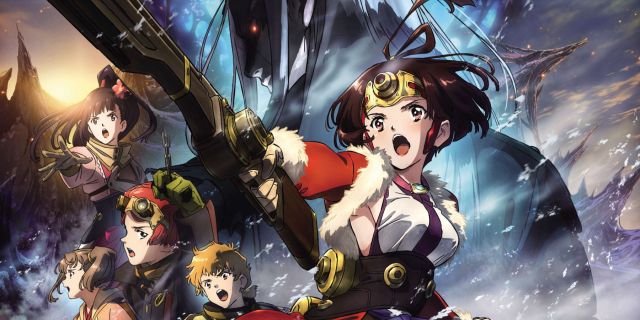
Following the first season, it received two recap films within just a year, followed by a theatrical sequel in 2019, titled The Battle of Unato. Once again, the action was phenomenal, but save for a change in seasons from Summer to Winter, the film only scratched the surface of where this train could take our heroes. It didn’t help that the human conflict of the story often felt forced, which bogged down the pacing considerably.
Few fans would say that this was the sequel they wanted. Worse yet, the closest they got to that dream sequel was the opening movie for a now-cancelled mobile game. Kabaneri of the Iron Fortress -Revolt- Beginning Tracks was not a true sequel, but its opening movie sure would lead you to believe it was. So many new characters, new cities, and the sense that the world was expanding and evolving in a bold, fantastic way. This OP is as gorgeous as it is sinister.
Chances are, Kabaneri of the Iron Fortress will never get another sequel. Its time has come and gone, and WIT Studio has better things to do than try to gamble on it some more, but it would be a disservice to discount its legacy as one of facsimile. Its most glaring flaws had nothing to do with being iterative, nor were its strengths only found in what it copied. This series might only be worth the ride for the aesthetics, but it is worth it, at least once.
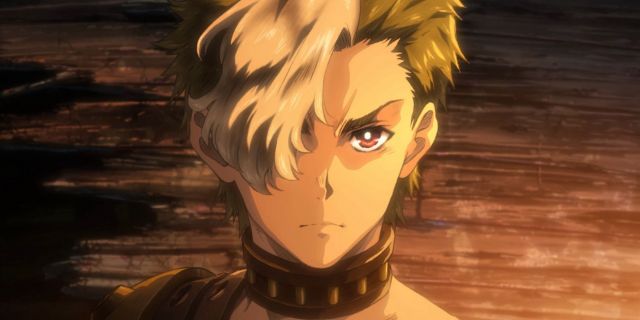






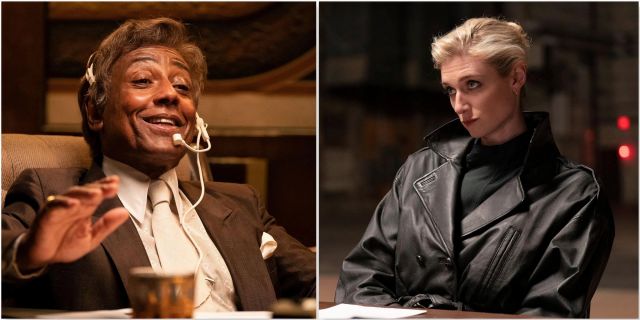


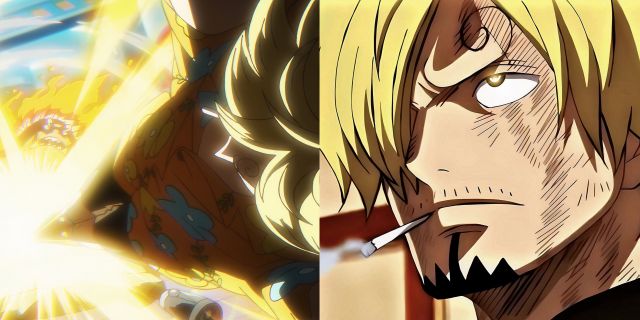
Leave a Reply